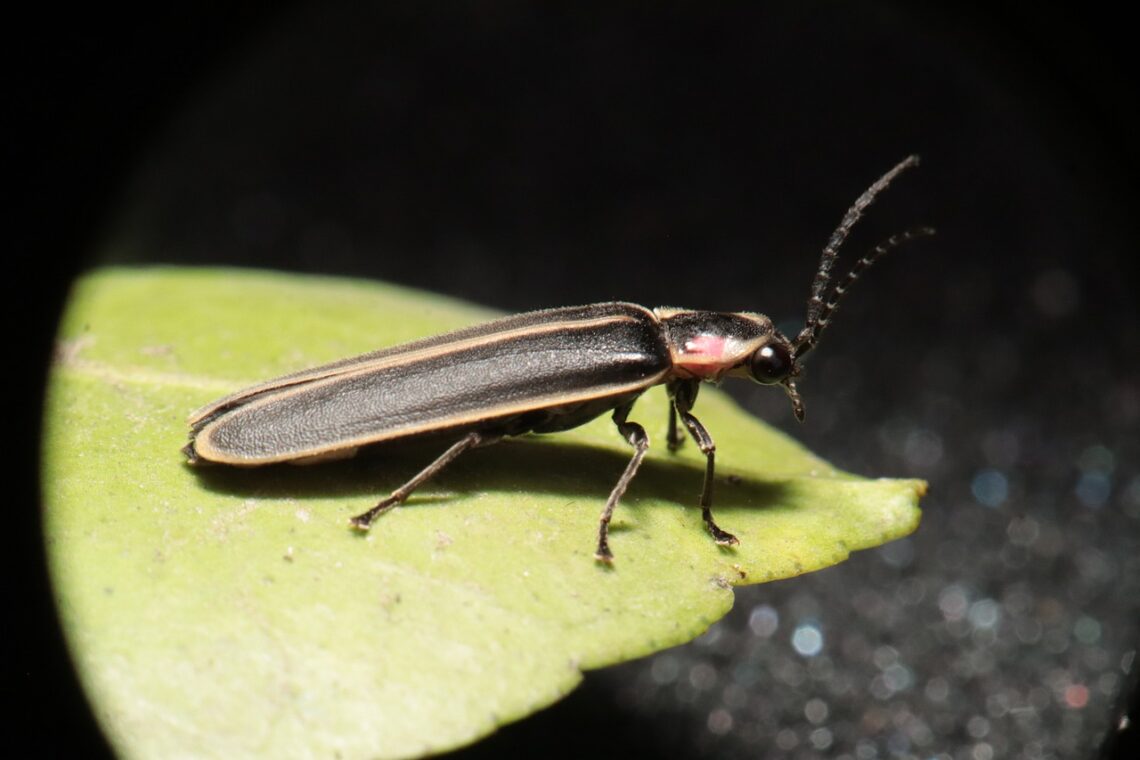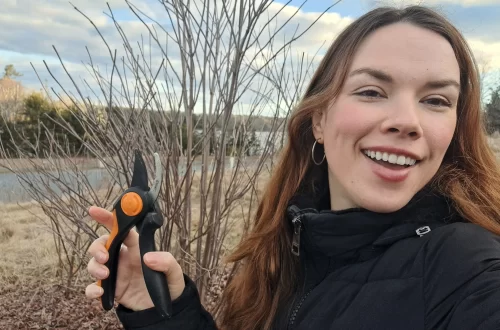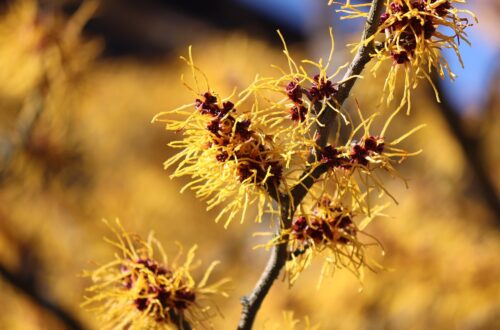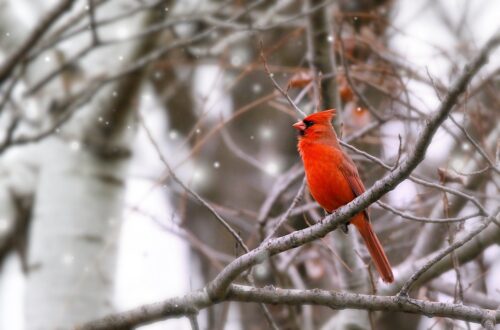Use these tips to attract fireflies to your garden and safeguard the future of these amazing pollinators!
Fireflies put on a dazzling show on warm summer nights when they dance across the night sky and signal to each other with their softly glowing bodies. But while most people love fireflies for their nighttime glow, fireflies offer other benefits to organic gardens!
Like ladybugs and lacewings, fireflies are beneficial insects that feed on garden pests, like slugs, snails, and grubs, and keep flower and vegetable beds naturally pest-free. Beyond that, adult fireflies also eat pollen and nectar and they’re surprisingly efficient pollinators! If you want to see more fireflies in your garden this summer, try out some of the tips in this guide and create a habitat garden for fireflies and other pollinators.
Affiliate disclosure: As an Amazon Associate, I may earn commissions from qualifying purchases.
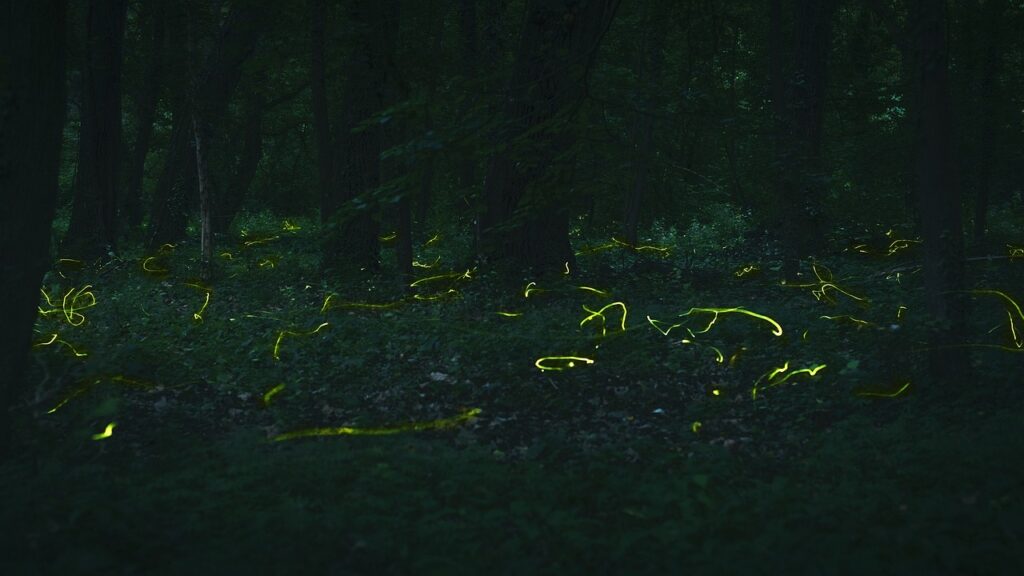
Why are Firefly Populations Declining?
If you thought there were more fireflies when you were younger, you’re not wrong! As with many other pollinators, firefly populations have been declining due to several factors, including:
- Habitat loss and habitat fragmentation.
- The overuse of pesticides.
- Nighttime light pollution.
But while fireflies may be threatened, there are ways to help these insects make a comeback. Choosing organic produce, shopping locally and supporting eco-minded businesses can benefit pollinators, including fireflies. But if you want to help fireflies specifically, the tips below will teach you how to attract lighting bugs or fireflies to your garden!
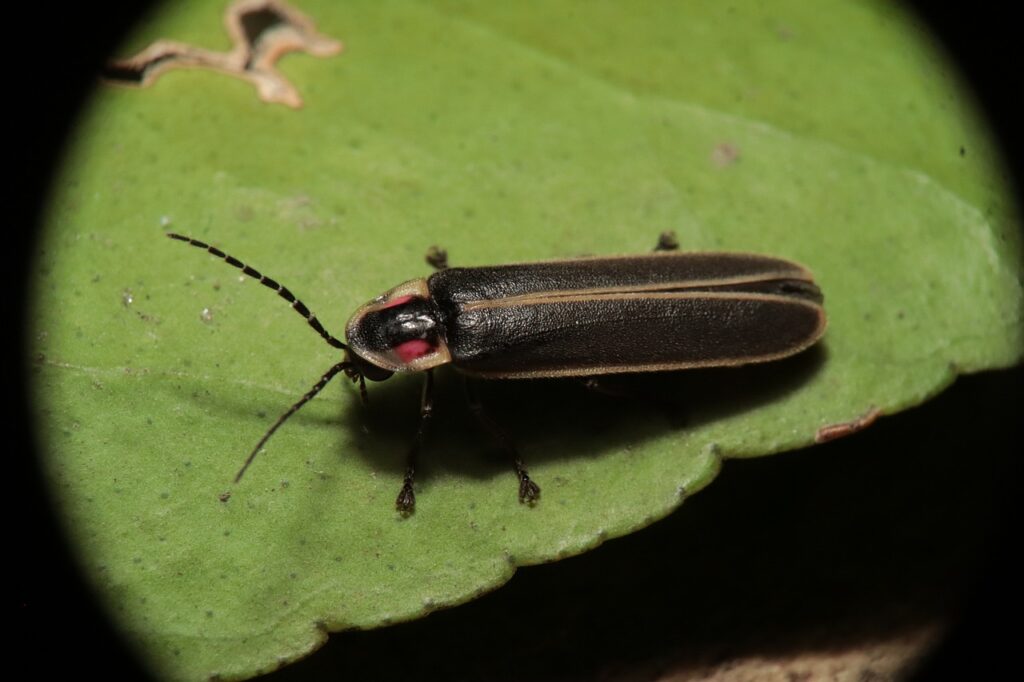
How Do You Attract Lightning Bugs or Fireflies to Your Garden
Whether you call them fireflies or lighting bugs, fireflies are technically soft-bodied beetles that are native to many areas of the globe. In the United States and Canada, there are about 65 species of fireflies, including some bioluminescent varieties and some varieties that don’t glow at all. The following garden suggestions will make your property more attractive to fireflies; however, small space gardeners can add just a few of these elements and still make a difference for fireflies!
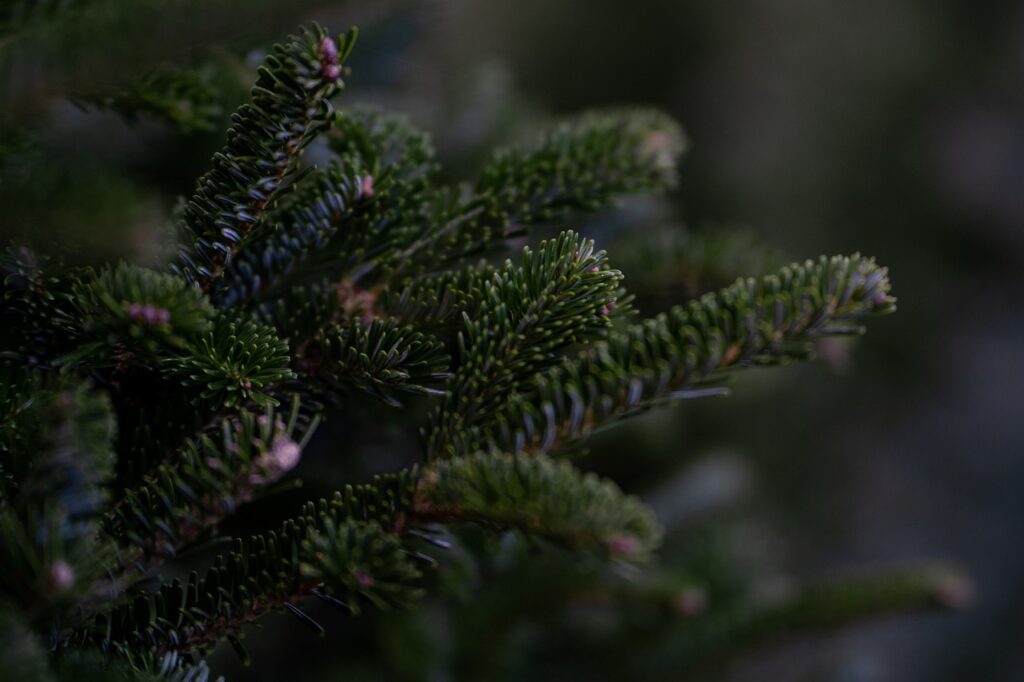
1. Plant native evergreens.
Fireflies depend on native evergreens for several different reasons. They use the shadowy canopies of evergreens as a backdrop for their nocturnal light show and evergreens help to block out light pollution that might otherwise interfere with firefly mating displays. Fireflies also lay their eggs in evergreen trees and, when their larvae hatch, they tumble to the ground and are sheltered by fallen conifer needles.
The evergreens that are native to your area will vary, but some common choices include:
- Pines
- Firs
- Hemlocks
- Spruces
Planting a few evergreens on your property will provide safe shelter for fireflies. But you may also notice that other wildlife, like birds, will benefit from the addition of conifers too. If you’re working with a small space garden, you can find many conifers in dwarf sizes!
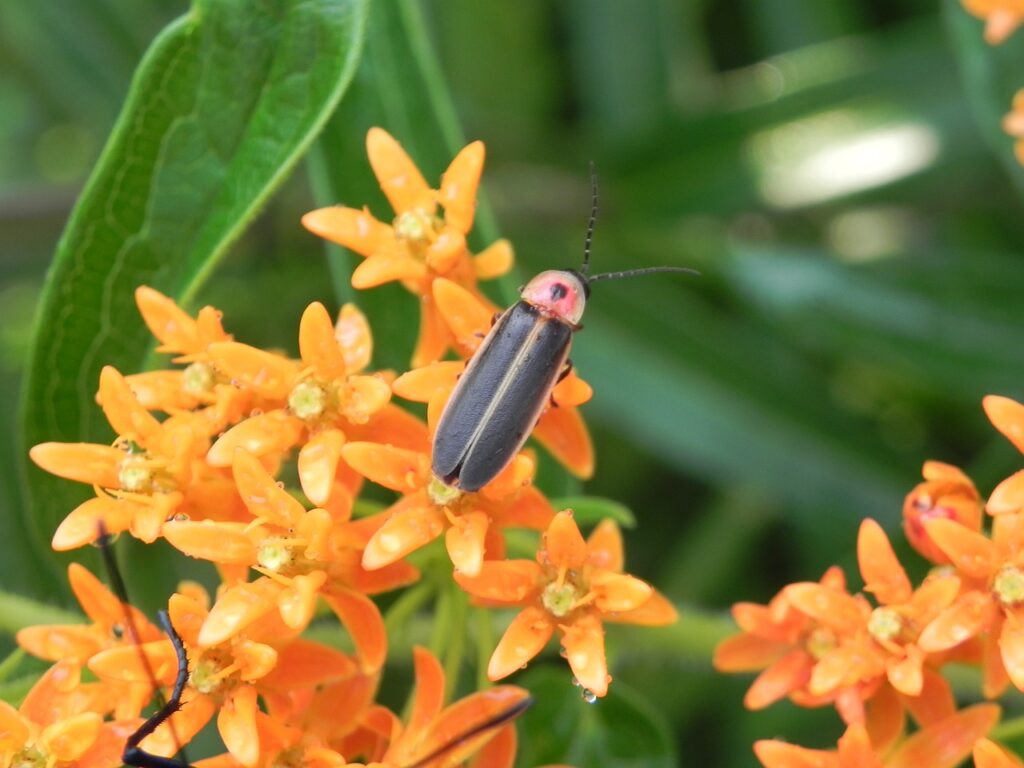
2. Grow other plants that attract lighting bugs.
Many people don’t realize that fireflies are efficient pollinators… but they are! Just like bees and butterflies, fireflies feed on nectar and pollen and they’re more likely to visit gardens where nectar- and pollen-rich flowers are growing.
Native plants are the best choices for attracting pollinators, including fireflies, but you can also grow other nectar-rich flowers, like flowering herbs and pollinator-friendly plants. These flowers will feed fireflies directly with nectar and pollen, but they’ll also attract insects that will be hunted by firefly larvae!
To find native plants for your region, check out websites like the Xerces Society. Or try out some of these plants that attract fireflies:
- Asters
- Goldenrod
- Coneflowers
- Black-eyed Susan
- Flowering dill
- Buttonbush
- Cardinal flowers
- Boneset
- Morning glories
- Flowering chives
- Yarrow
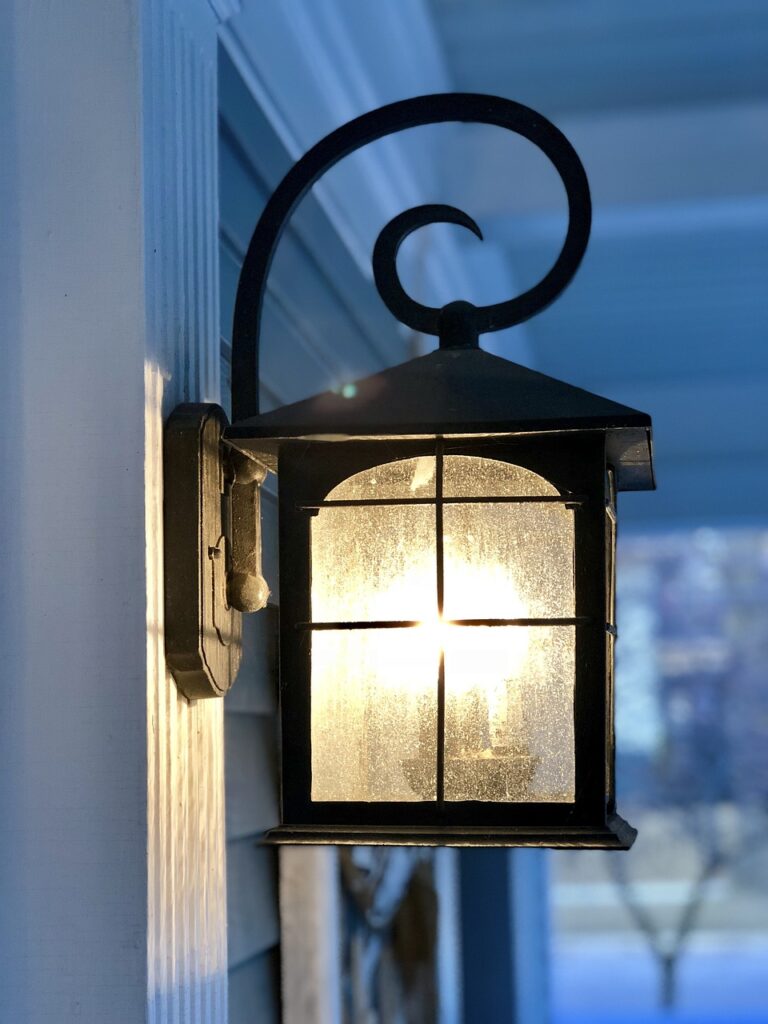
3. Reduce nighttime light pollution.
Fireflies signal to find mates, but when lights are shining brightly after dark, fireflies often can’t find each other… and that means they can’t make baby fireflies! Turning off external lights after dark or putting lights on a timer so they don’t stay on all night can help fireflies, as well as other nocturnal pollinators and bats. You may also want to add blackout curtains to your windows to keep indoor light from trickling outside into your garden.
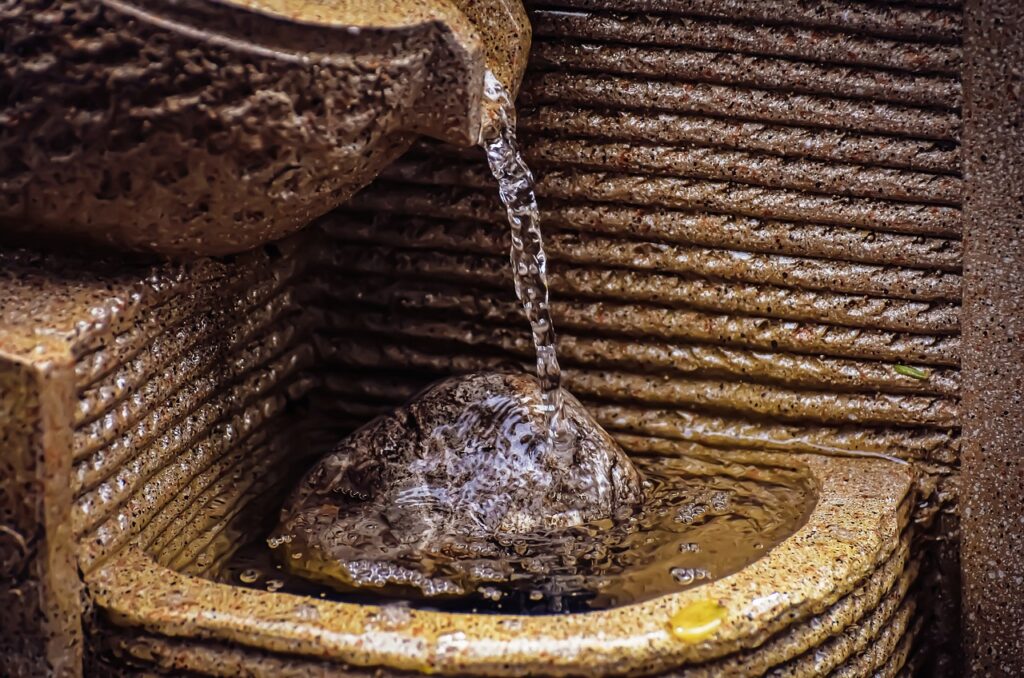
4. Add a water feature.
Like other insects, fireflies need access to fresh water, especially when temperatures rise in summer. Bird baths and small fountains can provide water for these insects; however, deep bird baths can also sometimes be hazardous for small bugs, including fireflies.
One work around is to add clean stones to one side of your bird bath so fireflies that tumble in can climb out. Or you can make a firefly drinking station by filling up a terracotta saucer with clean gravel and water. For best results, place your mini “firefly pool” at the base of a patch of nectar-rich flowers and replace the water daily to keep it fresh!
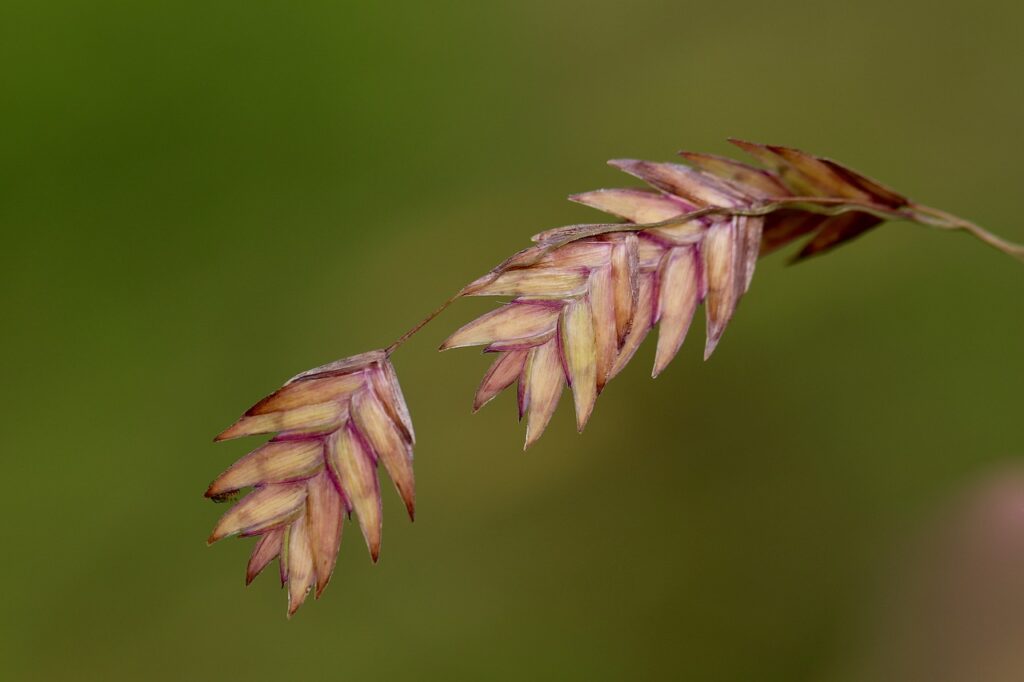
5. Mow less.
Fireflies often shelter in tall grasses during the day, so if you want to make your property more appealing to these pollinators, let your grass grow a bit longer. That doesn’t mean you need to let your grass grow wild, but if you raise your mower deck a bit and cut your grass a little less often, your grass lawn will be much more inviting to fireflies!
If you prefer a tidy lawn and don’t want your grass to grow too tall, you can also add ornamental grasses to your flower beds to make fireflies feel more at home. Some popular grasses to try include:
- Sea oats
- Eastern gamagrass
- Switchgrass
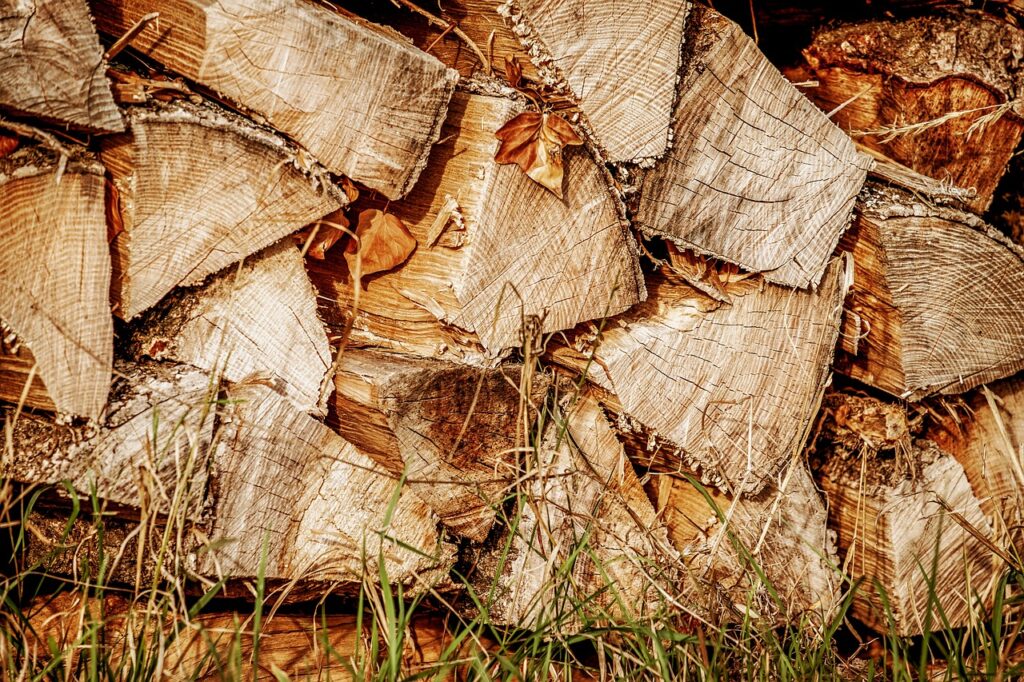
6. Keep a wood pile.
Wood or brush piles provide safe sheltering spots for fireflies during the heat of the day, but fireflies may also hibernate in old leaf litter and plant debris in garden beds during winter. To help these pollinators out, consider keeping a wood pile or brush pile in one corner of your garden and wait until spring to clean up your flower beds. If you prefer a well-kempt garden, compost piles can help to shelter fireflies too and they may also attract slugs and snails that firefly larvae feed on!
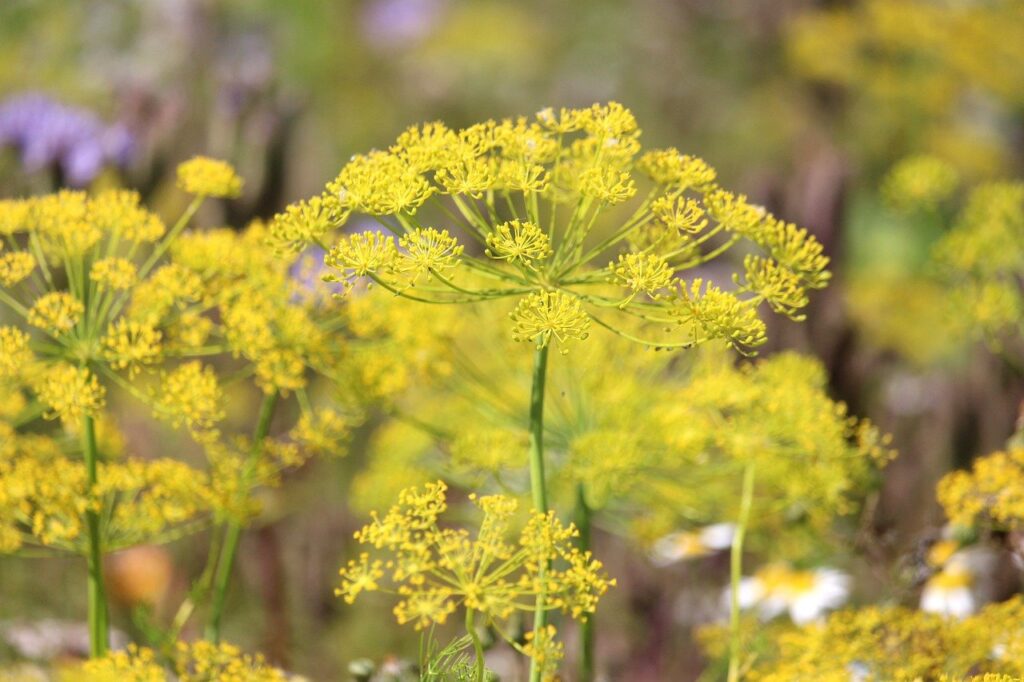
7. Go organic.
Of course, if you want to attract fireflies to your space, one of the most important things you can do is to make sure your property is safe for pollinators. And that means avoiding pesticides whenever you can.
Instead of spraying garden plants for pests, try out crop rotation and soil solarization and clean up diseased plant matter so problems don’t spread. Row covers, grow tunnels, fruit protection bags and companion planting can also help to keep gardens pest-free. And if you need to use a spray product, opt for sprays that are less damaging to pollinators, like organic insecticidal soap sprays.
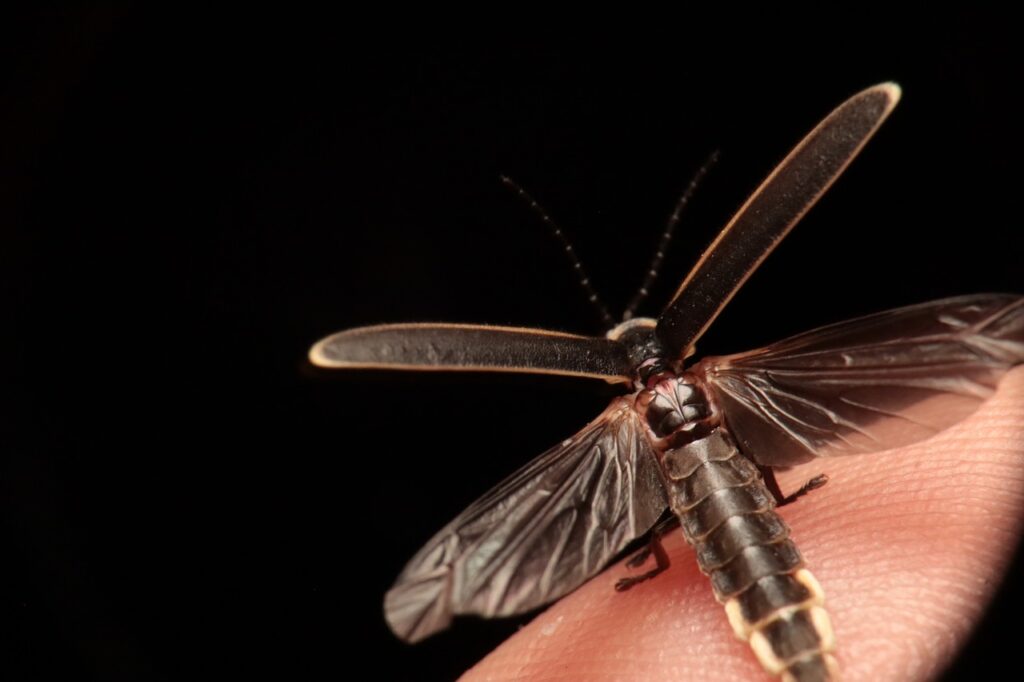
How Do You Attract Fireflies and Other Frequently Asked Questions
How do I attract fireflies to a small space garden?
If you don’t have much room to work with, but still want to help fireflies, try growing a few native plants or flowering herbs in pots. Turn off your porch light when you come home after dark and keep pesticide use to a minimum.
Is it good to have fireflies in your yard?
Yes! Fireflies don’t damage plants, but they can help control garden pests and pollinate flowers. Some firefly adults don’t eat anything at all, but they’re still nice to have around.
What is the difference between a lightning bug and a firefly?
There is no difference. Lighting bugs and fireflies are the same insect, they’re just called different names in different areas.
